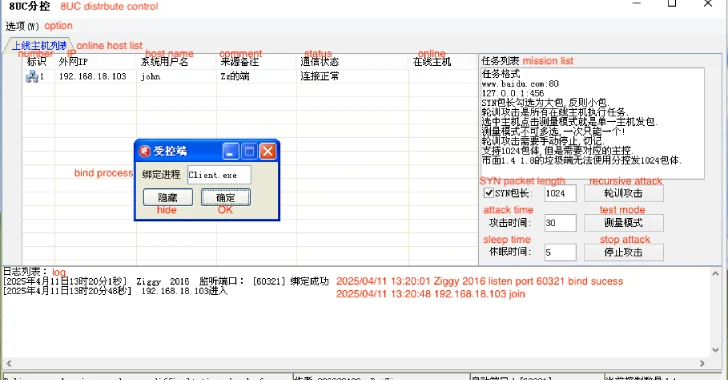Vidar Stealer, a notorious information-stealing malware first identified in 2018, has undergone a significant transformation with the release of version 2.0. This latest iteration introduces advanced capabilities that enable it to circumvent Chrome’s enhanced security measures through sophisticated direct memory injection techniques.
Evolution and Background
Originally emerging in 2018 on Russian-language underground forums, Vidar Stealer distinguished itself by consistently updating its features to support new browsers, cryptocurrency wallets, and two-factor authentication applications. Over the years, it has evolved from leveraging the Arkei stealer source code to becoming a formidable threat in the cybersecurity landscape.
Architectural Overhaul in Version 2.0
Released on October 6, 2025, by its developer Loadbaks on underground forums, Vidar 2.0 represents a complete rewrite from C++ to pure C. This overhaul introduces a multithreaded architecture that significantly enhances data exfiltration speed and evasion capabilities. The timing of this release coincides with a notable decline in Lumma Stealer activity, positioning Vidar as a potential successor in the information stealer ecosystem.
Key Enhancements in Vidar 2.0
1. Complete C Language Rewrite: The transition to pure C enhances the malware’s stability and execution speed, making it more efficient in compromising target systems.
2. Multithreaded Architecture: Vidar 2.0 dynamically scales its operations based on the specifications of the victim’s computer. This means it can create more worker threads on powerful systems and fewer on less capable machines, optimizing performance without overwhelming the target. This parallel processing reduces the time the malware remains active on compromised systems, complicating detection and intervention by security software.
3. Advanced Browser Credential Extraction: The malware employs sophisticated techniques to extract credentials from browsers, even those with enhanced security measures.
4. Automatic Polymorphic Builder: Vidar 2.0 can generate unique binary signatures for each build, making it more challenging for signature-based detection systems to identify and block the malware.
Bypassing Chrome’s AppBound Encryption
One of the most concerning advancements in Vidar 2.0 is its ability to bypass Chrome’s AppBound encryption protections. Chrome’s AppBound feature is designed to prevent unauthorized credential extraction by binding encryption keys to specific applications. Vidar 2.0 employs unique methods not found in the public domain to circumvent these protections.
The malware uses a tiered approach to browser credential extraction:
– Traditional Methods: Initially, it attempts conventional techniques such as enumerating browser profiles and extracting encryption keys from Local State files using standard DPAPI decryption.
– Advanced Techniques: If traditional methods fail against Chrome’s AppBound encryption, Vidar 2.0 escalates to launching target browsers with debugging enabled and injects malicious code directly into running browser processes. This direct memory injection allows the malware to access and extract sensitive information without triggering security alerts.
Implications and Recommendations
The release of Vidar 2.0 underscores the evolving sophistication of cyber threats and the continuous arms race between malware developers and cybersecurity professionals. Its advanced evasion techniques and ability to bypass modern browser security measures pose significant risks to both individual users and organizations.
To mitigate the threat posed by Vidar 2.0, it is recommended that users and organizations:
– Regularly Update Software: Ensure that all software, especially web browsers and security tools, are up-to-date to benefit from the latest security patches.
– Implement Robust Security Measures: Deploy comprehensive security solutions that include behavior-based detection to identify and block suspicious activities.
– Educate Users: Conduct regular training sessions to raise awareness about phishing attacks and the importance of not downloading or executing files from untrusted sources.
– Monitor Systems: Continuously monitor systems for unusual activities, such as unexpected browser launches or unauthorized data access, which could indicate a compromise.
By adopting a proactive and layered security approach, individuals and organizations can enhance their defenses against advanced threats like Vidar Stealer 2.0.



